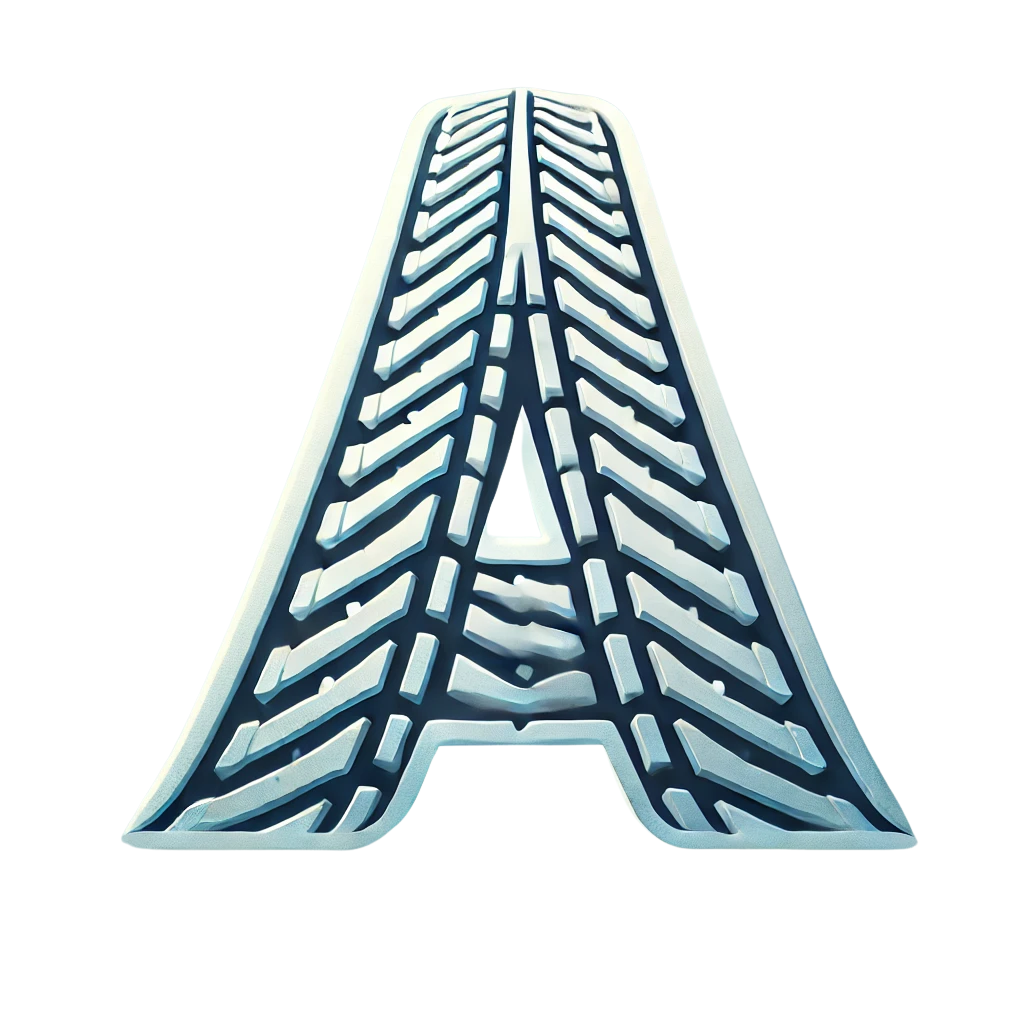Aerodynamics & Weight Distribution in Snowmobiles
Optimizing Snowmobile Performance Through Design
Snowmobiles are high-performance machines designed for a variety of winter environments, from deep powder to groomed trails. To maximize stability, fuel efficiency, and speed, manufacturers pay close attention to aerodynamics and weight distribution. These two factors influence everything from handling to acceleration and top speed. Understanding how sled geometry, the center of gravity, and material innovations affect a snowmobile's performance helps riders make informed decisions and engineers refine future designs.
Aerodynamics and Its Role in Snowmobile Performance
Unlike cars or motorcycles, snowmobiles operate on surfaces that offer limited traction, requiring an optimized aerodynamic profile to reduce drag and improve maneuverability. Aerodynamics impacts snowmobiles in three primary ways:
- Drag Reduction: A streamlined front hood and windshield design reduce air resistance, allowing the snowmobile to cut through the wind more efficiently.
- Lift and Downforce: The shape of the snowmobile's body helps manage airflow, preventing excessive lift at high speeds and maintaining traction on the snow.
- Crosswind Stability: Side panels and chassis shaping play a role in minimizing instability caused by strong crosswinds, crucial for open areas like frozen lakes or mountain ridges.
High-performance snowmobiles, particularly those used for racing or long-distance touring, incorporate wind-tunnel-tested designs to optimize aerodynamics. Manufacturers such as Ski-Doo, Polaris, and Arctic Cat continually refine their sleds to balance speed and stability.
Weight Distribution and Its Impact on Handling
Weight distribution affects a snowmobile's handling, stability, and rider comfort. The proper balance between the front skis, track, and overall frame ensures predictable control and reduced fatigue for the rider. The main factors influencing weight distribution include:
- Front vs. Rear Weight Bias: A snowmobile with more weight on the front skis will have better steering response but may struggle in deep snow. In contrast, a rear-heavy design improves flotation but can make handling feel loose.
- Center of Gravity (CoG): A lower CoG enhances stability and cornering ability, reducing the risk of tipping over in tight turns.
- Engine Placement: Most modern snowmobiles have centrally located engines to distribute weight evenly between the skis and track, preventing nose-diving or excessive rear sag.
Performance-focused snowmobiles often use an adjustable suspension to fine-tune weight distribution, adapting to different riding styles and terrain conditions.
Innovations in Lightweight Materials
Reducing weight while maintaining strength is a critical goal in snowmobile engineering. Lighter sleds accelerate faster, stop more efficiently, and consume less fuel. The introduction of advanced materials has significantly contributed to this goal.
| Material | Advantages |
|---|---|
| Aluminum Alloy | Lightweight, corrosion-resistant, and durable |
| Carbon Fiber | Exceptionally strong and lightweight, used in high-performance models |
| Titanium | High strength-to-weight ratio, used in critical components |
| High-Density Polyethylene (HDPE) | Used in skid plates and skis for impact resistance |
Many modern snowmobiles now feature carbon fiber hoods, aluminum chassis reinforcements, and lightweight track materials to achieve a balance between durability and agility.
Comparing Chassis Designs
The chassis of a snowmobile plays a major role in how weight is distributed and how aerodynamics are optimized. Different manufacturers use various designs to cater to specific riding styles:
- Steel Tubular Frame: Heavy but highly durable, commonly found in older and utility-focused snowmobiles.
- Aluminum Chassis: The standard for most modern snowmobiles due to its corrosion resistance and reduced weight.
- Carbon Fiber Monocoque: Found in high-end racing models, offering extreme weight savings and improved rigidity.
Snowmobiles built for mountain riding typically have lightweight chassis with a more rearward weight bias to improve maneuverability in deep snow. Trail-focused models, on the other hand, prioritize stability and front-end control.
The Relationship Between Aerodynamics and Fuel Efficiency
One of the lesser-known impacts of aerodynamics is its effect on fuel efficiency. Snowmobiles rely on internal combustion engines that must work harder to push through air resistance. Reducing aerodynamic drag directly improves fuel economy, allowing riders to cover longer distances on a single tank. Factors that contribute to better fuel efficiency include:
- Windshield Design: A properly shaped windshield directs airflow over the rider, reducing turbulence and drag.
- Enclosed Underbody: Some models feature panels that smooth airflow beneath the snowmobile, reducing resistance.
- Optimized Hood and Paneling: Air ducts and vent placements help minimize drag while ensuring adequate engine cooling.
Long-distance touring snowmobiles often have the most refined aerodynamic features, allowing them to travel efficiently over extended journeys.
Engineering the Next Generation of Snowmobiles
Aerodynamics and weight distribution are critical elements in snowmobile design, directly influencing speed, handling, and fuel efficiency. Advances in chassis materials, suspension design, and wind-resistant features continue to enhance the performance of modern sleds. Whether for deep-snow exploration, high-speed racing, or long-distance touring, riders must consider these factors when selecting the right snowmobile for their needs. As manufacturers push the limits of design and engineering, future snowmobiles will continue to offer improved agility, efficiency, and control.
